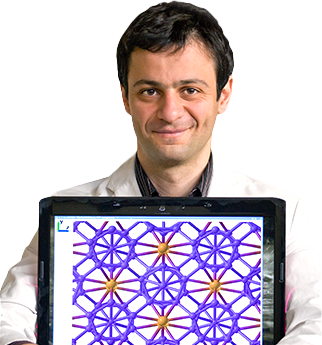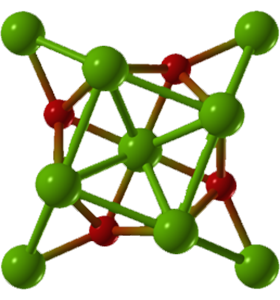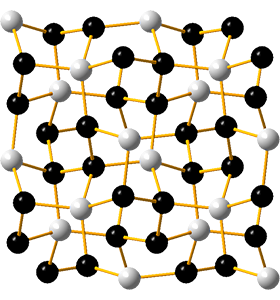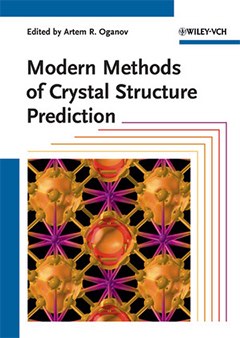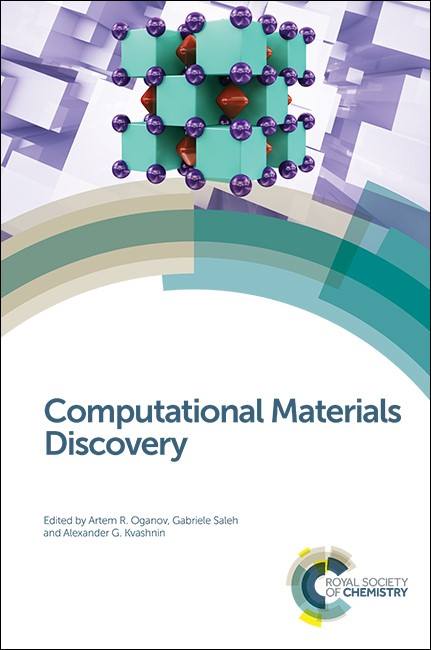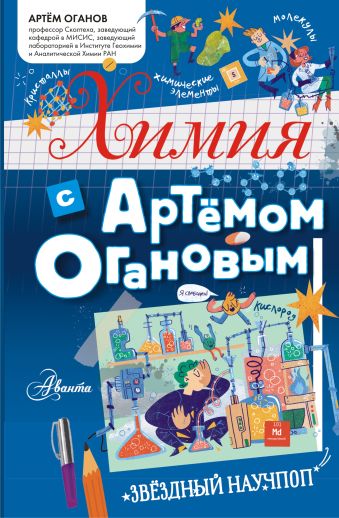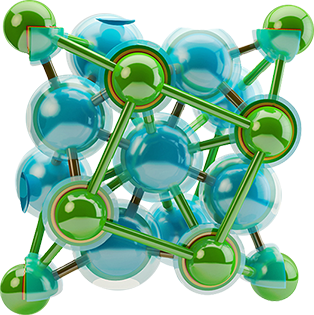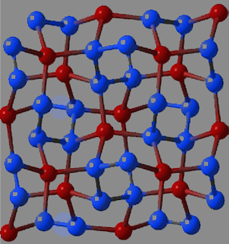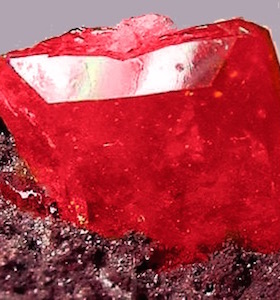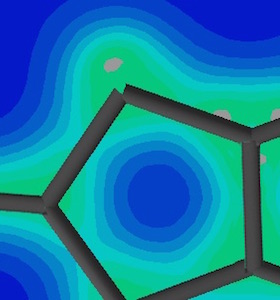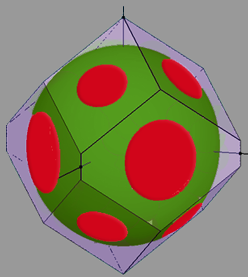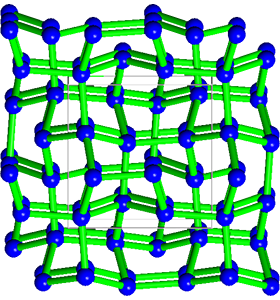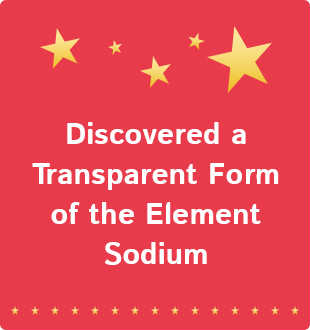USPEX (Universal Structure Predictor: Evolutionary Xtallography...and in Russian "uspekh" means "success" - owing to the high success rate and many useful results produced by this method) is a method developed by the Oganov laboratory since 2004. The problem of crystal structure prediction is very old and does, in fact, constitute the central problem of theoretical crystal chemistry. USPEX code solves this problem and allows to predict crystal structure with arbitrary P-T conditions by knowing only chemical composition of the material. Nowdays, it is used by over 10600 researchers worldwide.
Computational Materials Discovery Laboratory
Our lab develops novel methods for computational materials discovery, and applies them to a wide range of exciting scientific problems. Positions in the lab are extremely competitive and we select the brightest young talents and nurture them. We use some of the world's most powerful supercomputers, and our lab has its own supercomputer. Importantly, we have developed unique computational codes and use state-of-the-art visualization tools. Each year we host many visiting researchers and students.
What is USPEX?
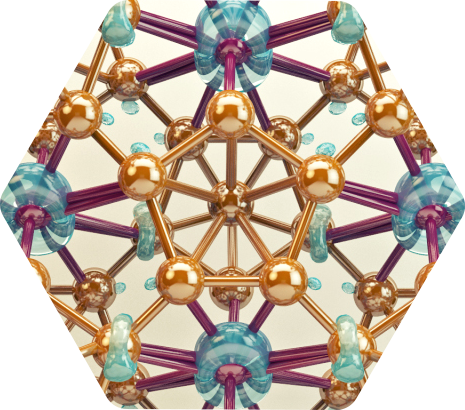
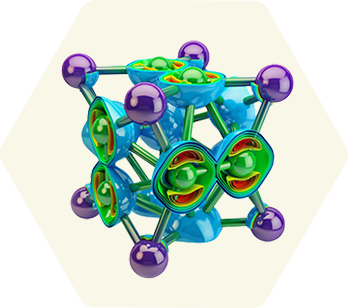
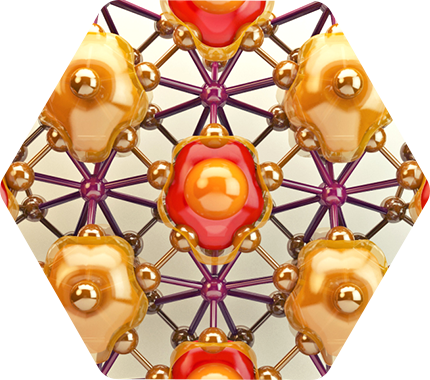
News
-
December 2025:
- PhD defense of Majid Zeraati.
- Distinguished Professor Artem Oganov received a “Russia – land of opportunities” award (in category “Science and Technology”).
- November 2025:
- The 23rd USPEX workshop was held online on 11-12 November 2025. It attracted over 600 participants from more than 60 countries around the world.
- Distinguished Professor Artem Oganov received a Highly Cited Researcher Award from Clarivate Analytics.
- The new version, USPEX 25, has been released and was presented at the TASS conference. Register to download it from our site!
- August 2025: The 3rd Asia-Europe Symposium on Chemistry and Materials (ASCM) was held in Urumqi, China, from August 20 to 22, 2025.
- June 2025: Distinguished Professor Artem Oganov inducted to the Academic Council of the International Core Academy of Sciences and Humanities.
- April 2025: Distinguished Professor Artem Oganov became a laureate of the "VOICE: Main Faces Award".
- June 2024: Artem Oganov has been elected a Distinguished Professor of Skoltech.
People
Our lab develops novel methods for computational materials discovery, and applies them to a wide range of exciting scientific problems.
We invite all talented people to apply at any time. Positions in the lab are extremely competitive and we select the brightest young talents and nurture them.
We use some of the world's most powerful supercomputers, and our lab has its own supercomputer.
Each year we host many visiting researchers and students.





